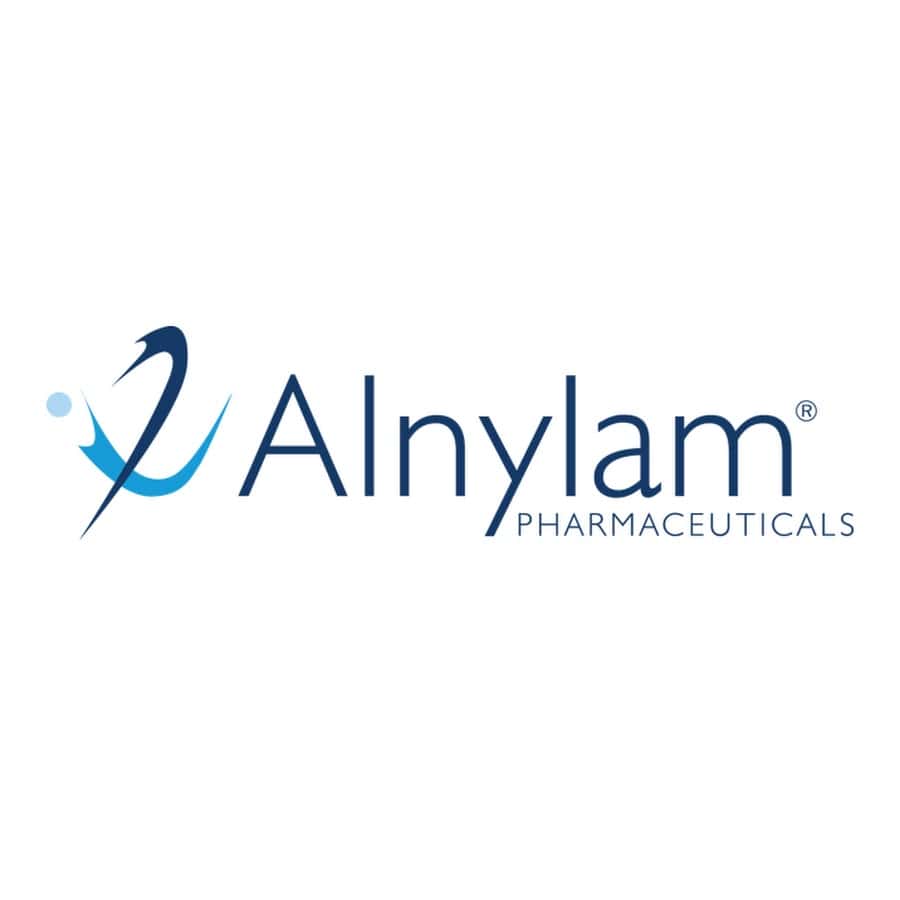
Gene-silencing specialist Alnylam is poised to file a third drug for approval after its drug for a rare kidney disorder – lumasiran – cleared a pivotal trial.
Lumasiran hits its objectives in the 20-patient phase 3 trial, which involved patients aged six and over with primary hyperoxaluria type 1 (PH1), a life-threatening but ultra-rare condition that is thought to affect just one in 58,000 people.
For now, Alnylam isn’t giving details of the data, saying it will submit it for presentation at a forthcoming medical congress. In the meantime, it says it plans to file the drug for approval in the US and Europe early in 2020, which could set up first launches before the end of the year.
PH1 mainly affects the kidneys, and results from a mutation in a gene called AGXT that codes for an enzyme called AGT. The deficiency in the enzyme leads to a build-up in a substance called oxalate which is deposited in the kidneys and urinary tract, causing kidney stones and urinary tract infections.
If left untreated, PH1 can lead to end-stage renal disease and patients can sometimes need dialysis and/or a transplant.
RNA interference (RNAi) drug lumasiran works upstream of the deficient enzyme, switching off production of a substrate that it converts to oxalate.
The company is hoping it can secure FDA approval by showing that its drug depletes oxalate – something that it achieved well in a phase 1/2 trial reported last year.
If approved, lumasiran would be Alnylam’s third RNAi drug after Onpattro (patisiran) for polyneuropathy in rare disease hereditary ATTR amyloidosis, which was cleared by the FDA in 2018, and Givlaari (givosiran) to treat acute hepatic porphyria.
Both carry premium pricing as is generally the case with rare disease therapies – at $450,000 and $575,000 respectively before discounts – and lumasiran is expected to be priced in the same ballpark if approved. Analysts think that could translate into peak sales of around $500m a year.
Alnylam could face competition to lumasiran fairly soon, however, as rival RNAi developer Dicerna has a PH1 candidate – DCR-PHXC – in a 36-patient pivotal study in both PH1 and the type 2 form (PH2) of the disease, which is caused by a different enzyme deficiency. That trial is due to complete next year.




